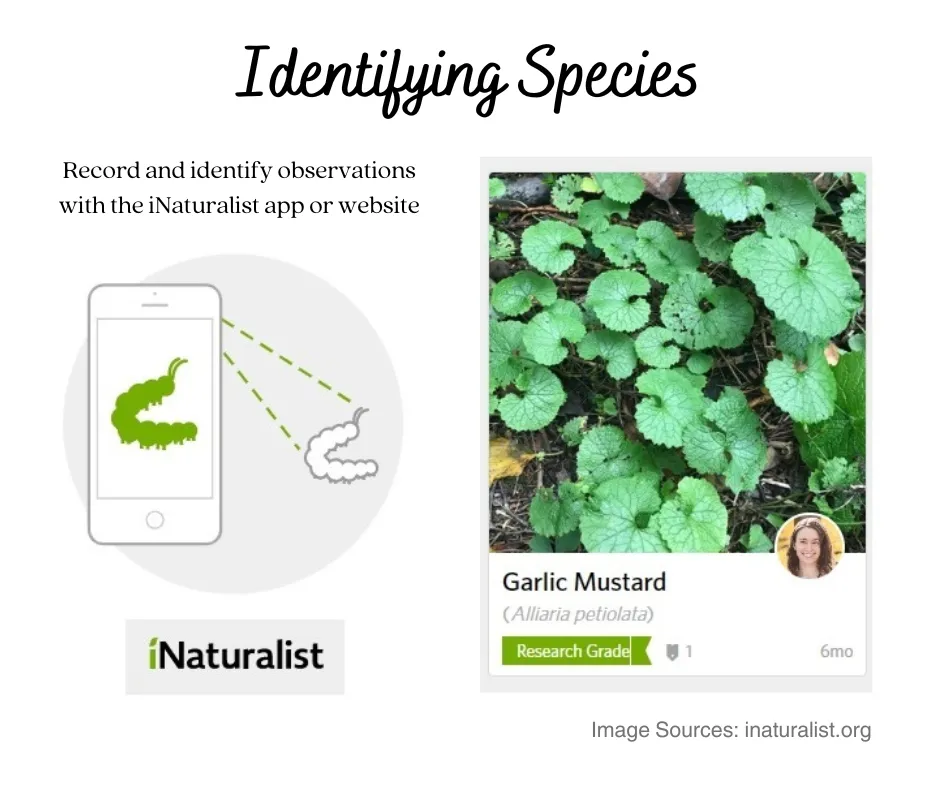Note: You may filter by category below. To use search feature for all categories return to main blog page here.

Supporting Native & Managing Invasive Species
Invasive plant species are harmful in that they overtake native species, which insects and wildlife have evolved with. Some species are even specialists and will only lay eggs on certain native plants. Think: monarchs and native milkweeds - the only host plant for them to lay eggs on and feed the next generation.

Native plants provide an important food source and habitat, whereas some invasive plants may be inedible or unusable to other life. State environmental management groups will typically publish invasive species lists that are a great resource to learn from. It is so helpful to see images and learn what is invasive. As new growth sprouts up around the yard it is great to identify invasive species early on and prevent the spread. Removing the species and preventing it from going to seed can help reduce its spread.
My favorite app and website for this is iNaturalist, a joint initiative by the California Academy of Sciences and the National Geographic Society. Just snap a photo and it helps you identify the possible species of plants, insects, and wildlife. Other users can submit an ID to confirm what you saw.
The iNaturalist app helped me identify some of the invasive species on or near our property including Garlic Mustard, Japanese Barberry, Burning Bush, Japanese Honeysuckle, Oriental Bittersweet, Multiflora Rose, Autumn Olive, and Border Privet. I have kept an eye out for Japanese Knotweed since I have seen large patches spreading just down the road from us. In our yard we have been working to clear invasive species so that native plants, and all the life they support, can thrive here. The effort has been well worth our time. Patches of invasive species are greatly reduced each season that passes. Now the beautiful goldenrod shown below is establishing around the property and in the fields, providing food and habitat.


To receive future blog posts click the button above to opt-in. I also invite you to follow me on my Facebook™ business page, and in the Sustainability & Wellness Seekers Facebook™ Group, linked here. You are welcome to join the community conversations!
Copyright 2023 Beth Manteuffel All rights reserved


